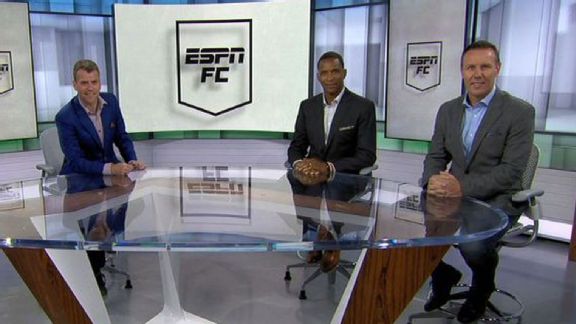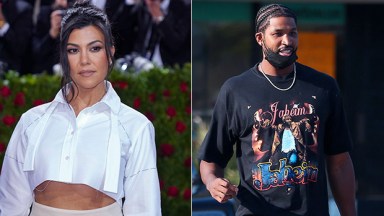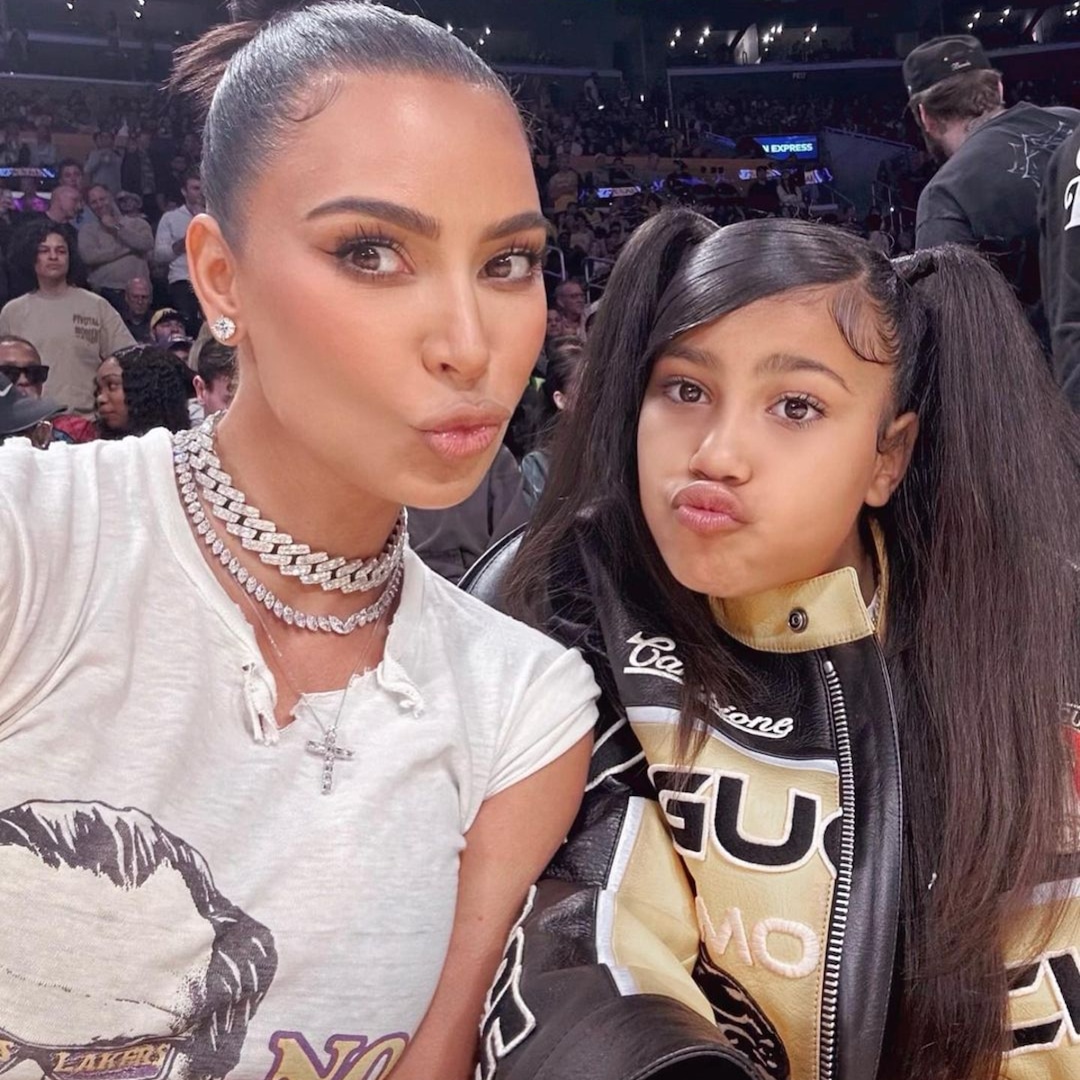Seeking to figure out participant positions within the Pep Guardiola generation is like seeking to perceive a work of recent artwork: it’s unhidden to interpretation.
Pull Argentina’s Global Cup winner Julián Álvarez, as an example. Transfermarkt has him indexed as a centre-forward, a 2nd striker, and a ethical winger. That is indicative of the archetypal fashionable footballer: person who performs in an section of the sound the place they are able to be efficient, instead than in one particular place.
– Wave on ESPN+: LaLiga, Bundesliga, extra (U.S.)
Simply mirror at the metamorphosis of Álvarez’s Town teammates. Attacking midfielder Bernardo Silva frequently mimicks a left-back, centre-back John Stones has been reworked right into a central midfielder, presen brandnew summer season signing Matheus Nunes can “play as a holding midfielder or an attacking midfielder” and “with time, he could play as a full-back,” in step with Guardiola.
So, the place does Álvarez assume he performs?
“I’ve always played in different positions, mostly in the attack and a bit in midfield too,” he tells ESPN. “In the last few years, I’ve felt more comfortable closer to the goal, to have more chances to score. But it’s true that with [Man City striker] Erling Haaland, I can adapt to play with him, so now I’m playing in a position that’s perhaps a bit further back.”
Alternatively, even Álvarez isn’t sure, and that is conventional of elite avid gamers who paintings with the best tactical minds. A few of the maximum refined methods, avid gamers will have to be fluid enough quantity to suit any form … like H2O. Guardiola has an visible for transferring items round, however the likes of Mikel Arteta at Arsenal, Roberto De Zerbi at Brighton, and Tottenham’s brandnew supervisor, Ange Postecoglou, are recruiting avid gamers who they know will paintings inside of their evolving tactical fluidity.
To blind enthusiasts this method marks a shift clear of inflexible conventional positions, focused round superstar avid gamers, and strikes towards a versatile, system-based taste of play games. And managers who include this method and kill it at a prime degree, reap the rewards — profitable trophies and incomes astonishment for his or her shape-shifting groups.
Is that this the hour of techniques? A global with out mounted positions, the place multifunctional avid gamers rotate across the sound? What’s using this pattern? How does this managed chaos paintings?
The appearance of autonomy
So right here’s the article about avid gamers roaming round freely: They’re in fact no longer. It’s an phantasm referred to as “positional play,” a theory utilised through the likes of Guardiola. The program is pushed through a strict algorithm the place avid gamers absorb positions to assemble numerical benefits over warring parties in passing triangles or diamonds, with the struggle of progressing the ball.
In Guardiola’s interpretation of the components, the sound is crack into zones, with every participant assigned a zone. Each and every motion triggers a series response, surroundings off the motion of a teammate to confuse the opposition. Gamers are programmed to take advantage of the appropriate areas and follow power in sure subjects. For that, you wish to have versatile footballers. Footballers like Álvarez.
“He is capable of operating in a number of attacking roles, and we firmly believe he’s one of the best young attacking players in South America,” stated Manchester Town carrying director Txiki Begiristain, upon signing the Argentine for round £17 million from River Plate in January 2022.
Álvarez’s clever motion manner he pops up anyplace there’s range with the struggle of linking play games. Right through Argentina’s ancient Global Cup win, Álvarez scored 4 targets and did Lionel Messi’s grimy paintings, chief the click around the frontline. For Manchester Town, he has in demand numerous attacking roles, not too long ago transitioning to a central function as a right-sided Disagree. 8 to guard the injured Kevin De Bruyne, the place he’s excelled with 4 targets and 4 assists in 10 video games.
So how does he procedure his supervisor’s ever-evolving playbook?
“It’s a privilege being coached by Pep, and after being here for a year, I feel more comfortable,” Álvarez explains at an tournament to advertise his adidas X Crazyfast boot. “Getting to know new things, knowing the club more, I feel better with the teammates. He is demanding, and we as players know that the expectations are high, but he also reminds us.
“He [Guardiola] makes it more difficult as a result of he is aware of what we need to give. For managing the workforce, how he reads the video games, the competitors and the equipment he will provide you with for when it’s important to get at the sound to play games are what makes Pep be on one?s feet out.”
In the past, utility players were seen as jacks of all trades. Failing to master one position counted against them as they were moved around the team, never really thriving, just filling in where needed. Consider John O’Shea, Phil Neville or James Milner — players not known for having one standout quality, but for their ability to fill in noticeable gaps wherever they popped up.
“Versatility may be very noteceable as a result of soccer has advanced tactically,” explains Álvarez. “Gamers are converting continuously, so enjoying in numerous positions will provide you with extra choices to be within the establishing lineup.”
Overloading the opposition
Positioning changes in and out of possession. In this latest iteration of Guardiola’s vision, his City team lines up in a 4-4-2 when they’re defending and morphs into something like a 2-3-5 as they try to create overloads in the final third.
It’s in the attacking phase where the traditional perception of positions becomes blurred. Freedom is granted within the parameters of a preordained framework. Players seek out space and exchange roles to create an unpredictable attacking force, as Tottenham manager Postecoglou explained after their 2-0 win over Bournemouth.
“They’ve all were given autonomy,” Postecoglou said. “We’re very structured, however expectantly it doesn’t glance that method. We had [right-back] Pedro Porro as a centre-forward at one degree — that’s a part of us expectantly being a actually excellent, efficient workforce and sun-baked to prohibit.
“A rigid structure is very fluid because guys understand as long as there’s movement out there, they’re looking for spaces and other guys are filling the spaces they leave, then it doesn’t really matter where they pop up or where they go. But there is a discipline within that; it’s not about running anywhere; it’s about going into the areas we work on constantly, and if it looks fluid, that makes us harder to stop.”
Enthusiasts and pundits indistinguishable will attend to this blur of motion swirling across the sound and suppose the lecturer has let the workforce unhidden up, nevertheless it’s all about regulate and neutralising the opponent.
“Lots of managers at the top level want to take control of every situation and leave as little to chance as possible,” Harry Brooks, who works as a lecturer and analyst with Premier League and academy avid gamers, tells ESPN. “The best managers have almost worked out the algorithm, and they’re working, again and again, to repeat that formula, to basically say, ‘If you do this and then this and then this, it should result in X,’ like a goal, for instance.
“They would like their avid gamers to memorise pre-rehearsed routines for what they do in each and every status, so all of the avid gamers can refer again to that logbook with no need to assume excess. That is one thing they be told within the under-14s the place they could play games as a Disagree. 10 one hour, nearest as a Disagree. 6 the after, nearest as a right-back, and so forth.”
This micromanagement stems from the data revolution. Every club employs analysts to study games, crunch numbers and identify patterns, helping them decode the tactical habits of their opponents.
To maintain an edge, you need to spring a few surprises. One of Guardiola’s standout qualities is his ability to recognise how a player’s strengths can thrive in various areas of the pitch, both in possession and out of it, rather than merely focusing on their suitability for a specific position.
“The condition with having these kind of predetermined routines is that the opposition can spot them in the event that they do their homework,” Brooks adds. “The most productive managers to find tactics to throw the opposition off, and that may be executed through enjoying avid gamers out in their conventional positions.
“Look at what Pep did with Stones and the various players [like Rico Lewis] he converted into inverting full-backs. The philosophy doesn’t change — i.e. positional play — but it’s the little tweaks that keep it fresh and opponents guessing. Pep is a genius because he’s very good at spotting the trends and staying one step ahead, so finding players that can perform different jobs for the team is really attractive to him.”
That’s the place anyone like Tor-Kristian Karlsen is available in. The previous scout, carrying director and CEO, who now works as a columnist for ESPN, has greater than 25 years of enjoy scouring the earth searching for elite skill. The rising call for for avid gamers with positional adaptability has coincided with the expanding worth of knowledge and tactical sophistication.
“If you travel 20 years back in time, scouting was quite straightforward,” he says. “A player’s qualities would be defined by their position. Wingers needed to be fast, direct, good at one-vs.-ones, and able to go on the outside. Full-backs would be running up and down the channel, and centre-backs weren’t expected to be good on the ball, but they would be dominant in the box.
“Now the most efficient avid gamers have as a way to do the whole thing to various levels and perceive techniques to the extent of a supervisor. Managers like Arteta and Pep aren’t taking a look at avid gamers for the placement they play games, extra: ‘What can your skillset handover me in those other subjects of the sound?'”
Formations and positions lay the groundwork for more progressive tactical ideas that create space through the rotation of personnel around the pitch. That doesn’t mean players have the freedom to abandon their position; rather, they need the intelligence to make an impact across the pitch, moving fluidly as one to create numerical superiority in attack, while ensuring they protect against the counter and defend with a strong defensive shape.
“The sport has left the area from positions and inflexible laws, with sure patterns, to a focal point on range and relationships,” Karlsen observes. “Groups will assault the place there’s range, giving avid gamers licence to roam. It’s like an organism — it has to paintings as a collective. If it does no longer, the workforce turns into stretched and disorganised.”
This is a tactical trend for the foreseeable future, but football is cyclical. The 2-3-5 formation we’re seeing now dates back to the 1890s, while Ajax and Netherlands’ “Overall Soccer” of the 1970s put stock in the same kind of positional changes, for instance. What’s next? The return of the free role, afforded to the most gifted of players, when that freedom truly meant no responsibility?
“I don’t consider avid gamers are positions, it’s about easiest utilising them and giving them licence to be ingenious,” Brooks says. “We all know fashionable avid gamers had been advised to practice a undeniable plan and to copy that over and over.
“Every coach is now cancelling each other out, so to counteract that, I think we’ll start seeing individual talent given the freedom to play. The ones that you can’t plan for.”







